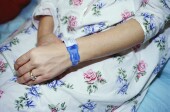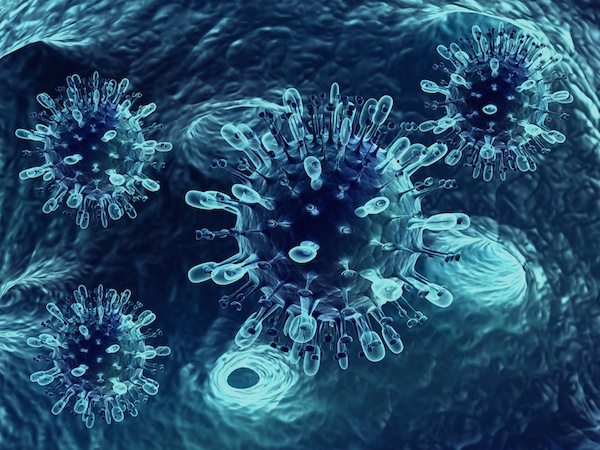
SUNDAY, May 6 (HealthDay News) — Adults and children should be screened routinely for changes in the appearance of their skin, experts advise.
Mount Sinai Medical Center researchers point out that regular visits to the dermatologist are just as important as trips to the dentist because they can provide clues as to what’s going on outside as well as inside the body.
One in five Americans will develop some form of skin cancer during their lifetime, the Mount Sinai doctors cautioned. Although skin cancer is one of the most common types of cancer, it’s also one of the most preventable, they noted in a center news release.
In honor of Skin Cancer Awareness Month and Melanoma Day on Monday, May 7, the experts offered the following advice on skin cancer prevention:
- Wear sunblock. Almost half of all UV exposure occurs between the ages of 19 and 40 years. Sunblock should be applied to the body, around the eyes, lips, ears and feet everyday year-round. Dermatologists can recommend sunscreen for infants and sensitive areas, such as the eyelids or face.
- Do not sunbathe. It may take between 10 and 20 years for the damage to show up, but the sun’s rays dissolve the collagen and elastin in your skin.
- Perform monthly self-checks. Monitor your brown spots, such as moles and freckles. If you have many of these spots, consult your dermatologist about total body photography. This preventative measure can help closely track the appearance of your spots to determine if they’ve changed over time.
- Follow the ABCDEs. Consult a dermatologist if a mole has any of the following: Asymmetry (one side is different from the other); Border irregularity; Color variation (one area is a different shade or color than another); Diameter equal to or larger than a pencil eraser; Elevation (it is raised or has an uneven surface)
Sunscreens will have new U.S. Food and Drug Administration-mandated labels beginning June 18, the experts noted. So, when looking for sunscreen, be sure its label has the following:
- Provides “broad-spectrum protection,” or UVA as well as UVB coverage measured by the given sun-protection factor (SPF) value.
- “SPF 30” (or higher). Being protected by SPF 30 means it will take 30 minutes of sun exposure to get the same amount of UV light penetration as you would get in just one minute with unprotected skin. The Mount Sinai specialists noted anything lower than SPF 30 will have the following label warning: “Spending time in the sun increases your risk of skin cancer and early skin aging. This product has been shown only to prevent sunburn, not skin cancer or early skin aging.”
- “Water-resistant.” The new FDA rules prohibit any sunscreen from being labeled as “waterproof.” Those marked “water-resistant” have been shown to pass a standard 40- or 80-minute test of water exposure followed by UV testing.
More information
The U.S. National Library of Medicine has more about skin cancer.

